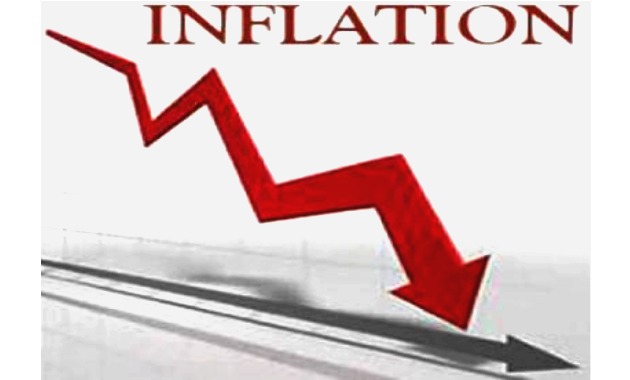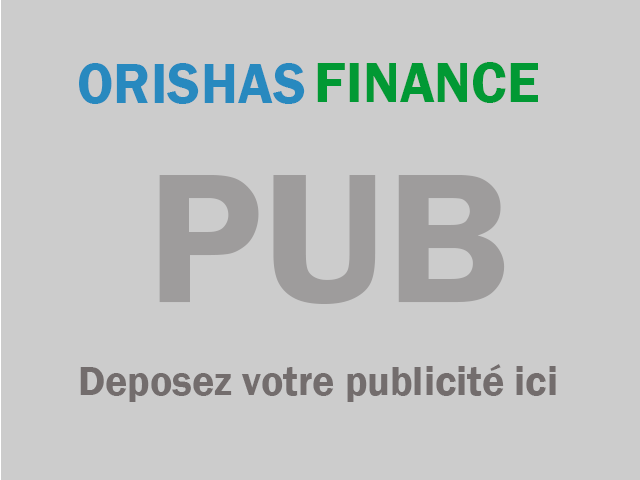 Les actualités de la BRVM en Flux RSS
Les actualités de la BRVM en Flux RSS
Nous agrégeons les sources d’informations financières spécifiques Régionales et Internationales. Info Générale, Economique, Marchés Forex-Comodities- Actions-Obligataires-Taux, Vieille règlementaire etc.
Enjoy a simplified experience
Find all the economic and financial information on our Orishas Direct application to download on Play StoreIt is one of the biggest money laundering scandals of recent years, which splashes
Danske Bank and several Scandinavian establishments. It all started in 2007: that year, the bank
Danish company buys the Finnish Sampo Bank, which has a branch in Tallinn, Estonia. The same
year, the Estonian authorities noted irregularities in the activities of Sampo, and the Central Bank
Russian informs Danish regulators that non-resident clients are involved in transactions intended to
avoid taxes and launder "several billion rubles a month". The main channel for tax evasion was
the portfolio of non-resident customers, i.e. 10,000 accounts. After examining several thousand of them, the
regulators concluded that the "overwhelming majority" were suspects. However, the branch did not report
for suspicious activities than 760 customers with the Estonian regulator.
Danske Bank admits that it did not do everything necessary to prevent abuse. In December 2013,
Howard Wilkinson, his former head of trading operations in the Baltic, alerted
Finantsinspektsioon, the Estonian regulator. Danske's offices were raided in 2014. "We
discovered that the risk control mechanisms were not working and that the procedures
were not applied,” recalls Kilvar Kessler, head of Finantsinspektsioon.
In 2015, Danske, under pressure from the Kessler team, closed its portfolio of non-resident clients.
The survey revealed that 200 billion euros transited between 2007 and 2015, of which 23% came from Russia. " He
is likely that a large proportion of the transfers were suspicious,” the investigators concluded.
Danske also recently decided to close its Estonian branch and withdraw from Latvia, Lithuania
and Russia.
The scandal affects all of northern Europe. Several tens of billions of illicit funds would have transited
by the Estonian branch of Swedbank, Sweden's oldest bank. Its general manager Brigitte
Bonnesen was fired last March. And in September, Swedbank admitted shortcomings in
its control and admitted that it still had problems identifying its customers in Estonia and
in Sweden. She asked the firm Clifford Chance to open an investigation.
American judge According to investor Bill Browder, the Finnish bank Nordea, also suspected of
laundering, attempts to obstruct the investigations. The Finnish and Swedish authorities refused
to open investigations which would have made it easier to trace the money. In May, Bill Browder convinced
a US judge to subpoena the two banks over their dollar transactions. His team peels
their accounts now. These cases could permanently shake the Scandinavian banking system,
investors fearing that investigations could lead to large fines. The government
Estonia is considering increasing the maximum penalty for money laundering (400,000 euros
today) to adopt the European standard, up to 10% of annual turnover. The person in charge of
Danish regulator, Jesper Berg, and his Estonian counterpart, Kilvar Kessler, have strengthened their teams
anti-money laundering. After the Danske scandal, it is difficult to oppose a hardening of the fight against
financial crimes.
COSTLY SLIP 200 billion euros in suspicious transfers. 10,000 non-resident accounts
litigious. 5 million euros minimum fine provided for by Estonia for money laundering and up to 10% of
turnover.
Vous devez être membre pour ajouter un commentaire.
Vous êtes déjà membre ?
Connectez-vous
Pas encore membre ?
Devenez membre gratuitement
13/08/2025 - Taux
22/07/2025 - Taux
22/07/2025 - Taux
01/07/2025 - Taux
23/06/2025 - Economie/Forex Taux

13/08/2025 - Taux

22/07/2025 - Taux

22/07/2025 - Taux
